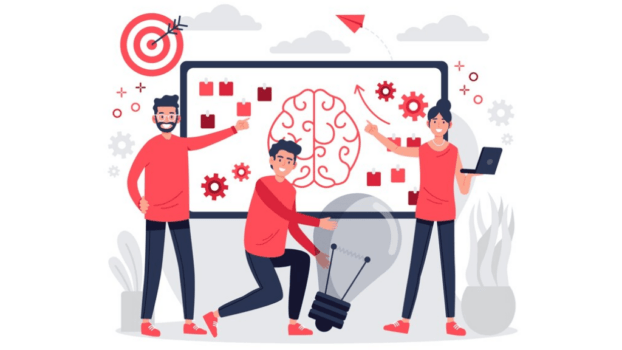How to Analyze Your Content for RankBrain Success – Google RankBrain is a Machine Learning system utilized to personalize search results based on user behavior and intention. RankBrain determines how the pages become more visible in search results. Understanding how RankBrain works and optimizing your content based on it can significantly affect your site’s visibility and traffic. Most of the content marketers will consider keyword optimization alone, but RankBrain is more focused on user experience, engagement, and relevance.
If your content is not interesting, you will not rank high even if you are optimizing it for traditional SEO variables. You must understand how RankBrain perceives and positions your content in order to survive. This article will take you through it, from the RankBrain’s internal mechanism to tactics that help your content rank better. We will cover variables like dwell time, click-through rate, bounce rate, and semantic search, walking you through the process of developing and iterating on your content creation and analysis strategy. By the time you finish reading this book, you will have a clear plan to make your content RankBrain friendly, driving more organic traffic and improved search visibility.
How to Analyze Your Content for RankBrain Success –
Understanding Google RankBrain –
Google RankBrain is an Artificial Intelligence algorithm that helps Google understand search queries and offer the most suitable response. RankBrain differs from other keyword driven ranking algorithms as it is grounded on user intent, interaction, and context of user information seeking. RankBrain learns from user actions in the past and changing search trends and thus is an important part of modern SEO. The primary job of RankBrain is to show the most useful and helpful results even when the same terms had not been searched. Instead of matching backlinks and keyword reuse, RankBrain considers how users interact with search results. If a user clicks on a result and spends a lot of time on the page, RankBrain counts it as a sign of high-quality content.
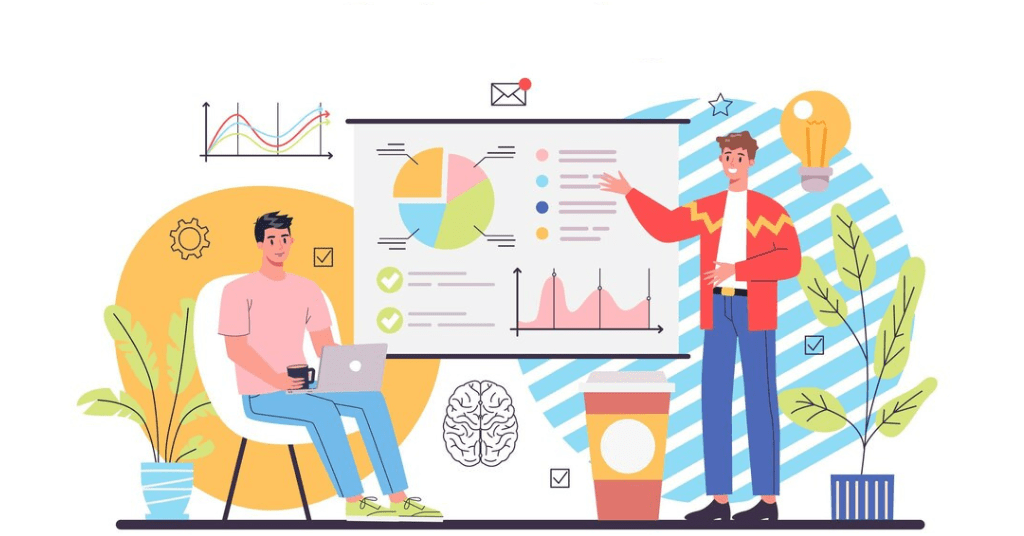
Google RankBrain
On the other hand, if people bounce quickly from a page and return to search pages, it implies that the content did not leave them impressed. It indicates that RankBrain optimization requires the shift from keyword manipulation to writing quality, worthy, and engaging content. Content writers should focus on semantic search optimization such that their articles are satisfying user queries in a holistic sense. Understanding how RankBrain works will help you optimize your content strategy and generate pages that fulfill Google’s ranking criteria.
Key Content Factors That RankBrain Evaluates –
RankBrain considers several key factors in establishing search rankings, and user behavior is one key consideration. Dwell time, or the duration a user spends on a page after clicking over from search results, is one of the most significant metrics. The greater the dwell time, the more engaging and informative the content, something RankBrain prefers with better rankings. Click-through rate, or CTR, is also considered. If there are more clickers on your result than the competition, RankBrain will receive a signal that your page is more relevant. Optimizing Title and Meta descriptions to boost CTR can rank higher. Bounce rate also plays a role. When users immediately leave your page without engaging, RankBrain believes the content is worthless and results in lower rankings.
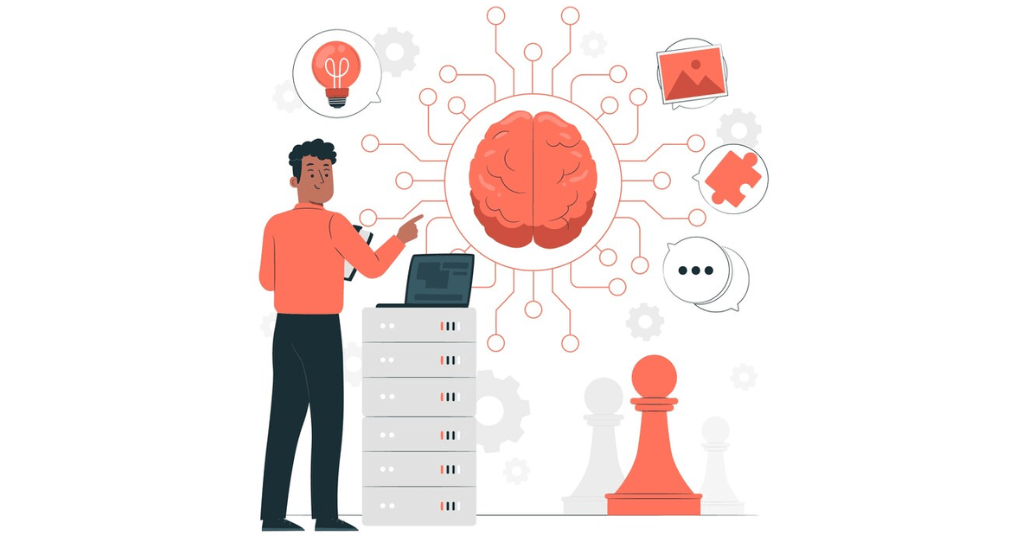
RankBrain Evaluates
Semantic search also plays a role. RankBrain uses Natural language processing to discover the purpose of search queries as opposed to keyword matching. Content therefore needs to be written in an informative and conversational tone with related concepts and terms incorporated naturally. RankBrain also evaluates content relevance by determining how comprehensive an article is in answering questions users might have. If your content is in line with user intent and is a satisfying experience, it will rank higher. Bloggers must focus on creating high-quality, interesting, and user-oriented articles to stay alive instead of betting everything on old school SEO tactics.
How to Analyze Your Content for RankBrain Optimization –
RankBrain success content analysis is gained through the scrutiny of primary metrics and data-driven optimization. Begin with a content audit using Google Analytics and Search Console to scrutinize performance. Locate low-engagement, high-bounce, or low-CTR pages. These are where content must be optimized. Follow up by going to scrutinize user behavior using session time, page views, and interaction rates. If people are exiting in a hurry, get more search intent specific with your content. Content must answer fully detailed user questions and give take aways in concise form.
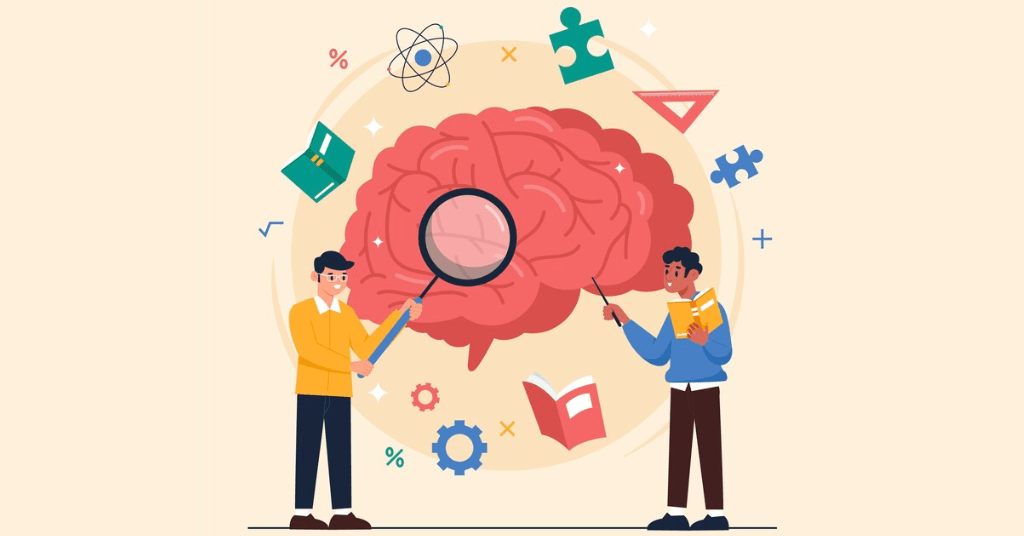
RankBrain Optimization
Relevance must be prioritized higher. Semantic SEO must be achieved by incorporating similar words and phrases in a natural way. RankBrain loves context, and as such, content structuring around user queries and intent maximizes visibility. Also, contrast comparable competitor material appearing for identical queries. Acknowledge why theirs is successful and apply those methods. Breaking items up into something easier to read is another very important characteristic. Break text into short paragraphs, utilize sub-headings, and add photos so that user experience is improved. Lastly, renew outdated content using new information and statistics to keep it up-to-date. By monitoring performance often and adjusting whenever necessary, it is possible to have your content optimized according to RankBrain ranking factors.
Advanced Strategies to Enhance Content for RankBrain –
In order to rank optimize RankBrain content, remain aware of user intent through the provision of convenient, interactive, and compelling content. Search intent is a skill to learn; align content with information, navigational, and transactional purposes. Your page must deliver what the user wants. Readability optimization is user experience optimization. Implement basic formatting, bullets, and attractive headlines on bite sized content. Internal link rearranges the website once more, leading people to informative pages and avoiding bounce. RankBrain is fond of well-structured sites that are easy to use. Adding multimedia functionalities like images, infographics, and videos to a website maximizes engagement. RankBrain is fond of interactive stuff, and adding the functionalities maximizes dwell time.
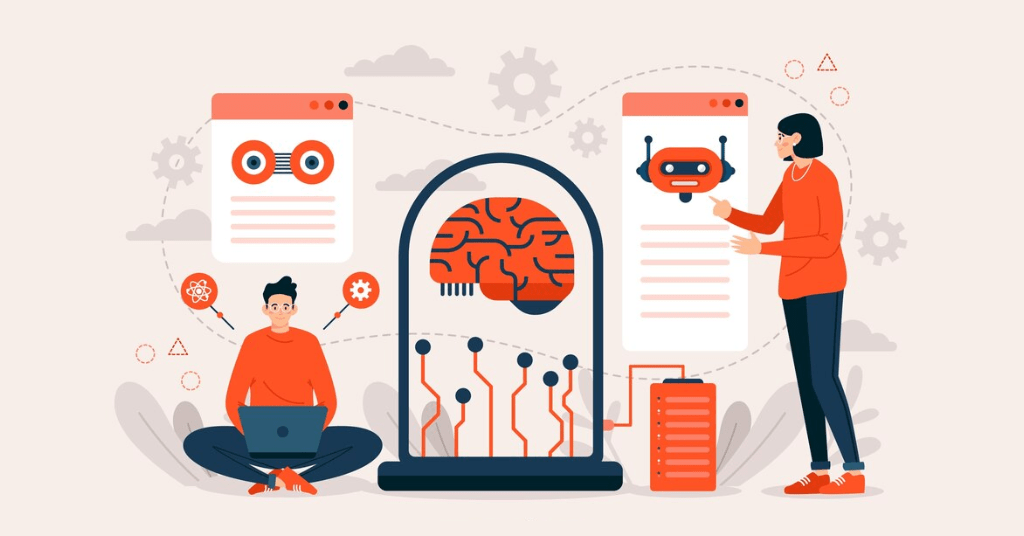
Advanced Strategies to Enhance Content for RankBrain
Finally, optimize for mobile and speed because Technical SEO is also influenced by user experience. By employing these tactics, you can write content RankBrain prefers, and that will place your pages in a better position.
Tracking and Measuring Content Performance –
Measurement of content performance is RankBrain’s cornerstone to success. Track engagement like dwell time, CTR, and bounce rate through Google Analytics. Search Console helps track keyword ranking and search performance. Tracking with heat maps provides user engagement metrics with highlighting on content in question areas of engagement. Consistent revising and optimizing of content based on performance metrics will maintain long term relevance and ranking optimization.
Future of RankBrain & Content Optimization –
RankBrain is changing, Artificial Intelligence driven search patterns shaping the SEO of the future. Google becomes more user oriented, i.e., research oriented, helpful, and engaging content will rule the roost. More intelligent and tailored Natural Language Processing is just one of the things in store. Waiting for algorithm changes and structuring content accordingly is the key to making long-term revenues.
Conclusion –
To rank well with RankBrain, your content must do more than traditional SEO techniques and pay greater attention to user experience, relevance, and engagement. By taking performance metrics, search intent optimization, and continuous strategy optimization into account, you can produce content as attractive as Google’s Machine Learning based ranking system. Quality, content of value will prevail over anything else, so make your pages relevant, informative, and enticing to the search questions of your users. And to be accommodating to shifting searching behaviors will allow your content to remain current as well as a successful SEO program over the long haul.
Read Also Another Article –
How to Optimize for Googles RankBrain Algorithm You Need to Know Easily
Full Information of RankBrain AI –
RankBrain is Google’s Machine Learning Algorithmic feature that can comprehend the search query and deliver the most pertinent results. Unlike keyword matching and rule based algorithms, RankBrain learns in real time from query behavior and user action to rank the search results based on engagement signals and context sensitivity. It is programmed to understand what someone means by a search, not what they themselves searched, so it is an absolute necessity for more accurate searching. RankBrain looks at all categories of things in ranking websites, including pages people engage with, dwell time, click-through, and bounce. When a highly engaging search result is found, RankBrain realizes it as quality and assigns it a higher ranking. When individuals simply continue to leave a page without doing anything, lower rankings are used. With this cycle of continuous learning, the most relevant and beneficial content is listed on Google’s search results pages.
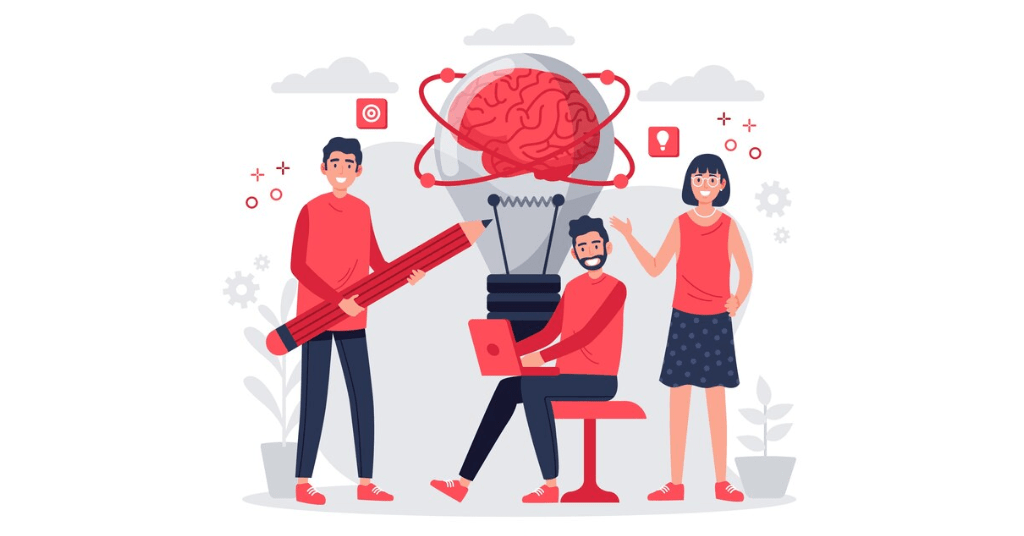
RankBrain AI
RankBrain is powered by Artificial Intelligence that searches for enormous amounts of data and recognizes user behavior patterns. It knows synonyms, words that have related meanings, and the intent of the search term to better predict. Its ability makes RankBrain extremely effective in handling complex or ambiguous search queries in which keyword matching is not possible. The longer the users will click on the search results, the smarter it gets and will perform better in the long run.
RankBrain optimization is writing well formatted, applicable, and useful content answering intent on behalf of users. Content comes across as valuable and performs well using natural language, semantic search SEO, and user experience. Descriptive right answers for queries, read accessibility, and adopting contextual terms in natural scenarios are rankings enhanced actions. Tailing the best performing indicators including dwell time, CTR, and clicks through rate will render optimizations and reverse modify change content strategies appropriately. Being an artificial intelligence, RankBrain develops over time and SEO strategies turn more user centric and dynamic. Relevance and user behavior being given highest importance, it fine tunes Google’s search engine to provide enhanced and more pertinent search results and continues to develop in the process of attempting to keep up with shifting search patterns.
What is RankBrain algorithm?
RankBrain is a Machine Learning Algorithm employed by Google to organize search results based on search intent. It differs from simple keyword match algorithms in that RankBrain can learn word and phrase meanings and thus comprehend more advanced or vague searches. It allows Google to return the most suitable answers by considering users’ behavior such as click-through rate, dwell time, and engagement.

RankBrain algorithm
RankBrain real-time alters search rankings based on search results and user behavior. The more a page is ranked as it is heavily used and meets users’ demands. The less its ranking as users keep a page idle. This AI driven strategy alters search results to make them more correct and user-oriented. The algorithm processes vast amounts of data and learns patterns to predict more accurately. It is aware of synonyms, semantic words, and context and can thus rank base on meaning and not word. Sites need to prioritize quality, informative, and engaging content that aligns with user intent to be RankBrain friendly. Through its ongoing learning and adaptation, RankBrain allows Google to provide contextual search results, and as such, it is among the most significant ranking signals of the modern SEO.
Detailing of RankBrain Algorithm in SEO and How Does It Work –
RankBrain is Google’s Artificial Intelligence technology aimed at enhancing search results by enhanced definition of user intent and more contextual results. In comparison to traditional pre-programmed pre-defined rules-based ranking algorithms and keyword searches, RankBrain leverages Machine Learning to handle complex queries, define patterns, and dynamically enhance search rankings. In this way, it is a central component of modern SEO practice that has direct impact on ranking content by search situation and user behavior.
How RankBrain Functions –
RankBrain functions by processing a great deal of search data and looking at how users respond to the search results. Unlike the use of keyword frequency, it relies on purpose, meaning, and relevance. Upon entering a query, RankBrain processes it through examining it via synonym analysis, Semantic keywords, and user history to determine the most probable outstanding returns. Through returning in a constructive way to such a result expending time on a page or visiting similar links RankBrain learns from such positive feedback and pulls similar content closer towards achieving succeeding rank in subsequent searches. The second significant attribute of RankBrain is how it handles ambiguous or never-before encountered search queries. RankBrain employs Machine Learning principles that provide intelligent guesses about the intended meaning of unknown words and hence makes more appropriate results accessible to users. Flexibility on this front serve to make Google’s search engine more intuitive by the day as it continues improving its ranking prerequisites in real time based on how people behave.
Effect on SEO and Optimization Tactics –
RankBrain optimization means moving away from keyword stuffing technique to creating good, user-friendly content. Because RankBrain considers engagement signals like CTR, dwell time, and bounce rate, websites have to be very good at creating well organized, informative, and interesting content. Such content has to be readable and provide users directly applicable answers in natural language like people search. Semantic SEO is also one of the most important areas of RankBrain optimization. It involves the use of descriptive words, long tail keywords, and contextual content to allow Google to completely understand the subject. Websites that are centered on user experience, fast page loading, and mobile-friendliness also gain because these lead to more engagement and less bounce rate.

SEO and Optimization Tactics
With RankBrain growing larger each day, it places greater emphasis on the necessity of prioritizing quality content, relevance, and user experience when it comes to Search Engine Optimization. Business organizations and content creators must make sure that they are offering substantial, interesting, and well organized content to boost their rank in an AI-based search environment.
Frequently Asked Questions –
Q. 1. What is RankBrain and how does it impact content ranking?
Ans – RankBrain is an artificial intelligence based algorithm that was developed by Google. It improves the relevance of search results based on user intent. The algorithm is distinct from the traditional algorithms that only focus on keywords and backlinks. RankBrain uses machine learning to grasp the intent of search queries. This means it places greater value on content with relation to what people are searching for, as opposed to the specific keywords. RankBrain gauges the way people interact with search results through the calculation of metrics like dwell time, click-through rate, and bounce rate. The longer someone stays on a page, the more well it informs Google that the page is of quality and significance. Conversely, when individuals leave in a rush, RankBrain can lower the ranking of the page. RankBrain is applying an artificial intelligence technique that gives precedence to accessible high-quality content that readers find easy to understand compared to low value content rich in keywords. For RankBrain ranking, content must please users, complete answers to questions, and offer a fluent reading experience. Easy-to-converse writing reduces the difficulty in letting Google distinguish content as beneficial. RankBrain is continually learning the behaviors of the users, and hence the SEO practices must adapt to suit current user expectations and trends.
Q. 2. How can you analyze your content to improve its RankBrain ranking?
Ans – RankBrain content analysis entails experimentation with engagement metrics and user behavior to find out how Google understands the content. The initial step is to track key performance indicators such as dwell time, click-through rate, and bounce rate using tools such as Google Analytics and Google Search Console. A long dwell time would mean users are finding the content to be valuable and interesting, where as a high bounce rate could be an indication that the content is not meeting user demands. Analyzing search query information provides hints towards whether the content is fulfilling user intent. If the user is looking for exact answers but bailing out of the page in a hurry, it could signify the content is lacking depth or clarity. Optimizing for RankBrain requires a focus on readibility, clear subheadings to organize the content, and Natural language processing to introduce elements of semantic searching. The use of multimedia content such as images, videos, and infographics enables active user engagement and increased stay on the site. Internal linking to complementary pages encourages users to read more without rising bounce rates. Improved content, frequent updates guarantee constant suitability with advancing search behavior. Competitor analysis identifies what high ranking pages are well and content can be adjusted accordingly. Continuous content experimentation, such as A/B testing of titles and meta tags, improves click-throughs and overall performance.
Q. 3. What role does user engagement play in RankBrain’s ranking process?
Ans – User experience is crucial to RankBrain’s algorithmic strategy since Google favors content that offers a great user experience. RankBrain calculates engagement based on factors like click-through rate, dwell time, and bounce rate. Dwell time is the amount of time a user spends on a page before returning to search results. Higher dwell time also means the content is good to read, relevant, and interesting to consumers and can earn it better ranking. Click-through rate is also an indicator of whether users hit on a listing when they looked at it previously. The larger the click-through rate, the better Google recognizes the content to be useful as well as relevant and RankBrain then ranks such content better. Bounce rate is the quantity of users who depart a page with no further engagement. Higher bounce rate results due to users being unable to address user intent through content, hence rank decline. Such content is written by engaging in the use of clean formatting, content structured for better absorption, and incorporating multimedia that ensures reading convenience. Maintaining user focus results from the use of natural and colloquial language. Giving direct responses to user queries and giving detailed responses increases satisfaction and prompts further sessions. Mobile usability and fast page loading are other features that help sustain engagement. As RankBrain keeps learning from user behavior, optimizing engagement guarantees long term SEO success.
Q. 4. How does search intent affect content performance in RankBrain?
Ans – Search intent is one of the most crucial aspects RankBrain considers while ranking material. While older algorithms would merely check keyword matches, RankBrain attempts to identify what the users need and whether the content is suitable enough. Search intent may be classified as Informational, Navigational, and Transactional. Informational intent refers to the customers seeking extended descriptions or answers and hence demands properly organized content that gives extensive information. Navigational intent is when the consumers are searching for a specific brand, website, or resource and hence needs content optimized for brand exposure. Transactional intent demands users who are probably going to purchase or take action and hence demands content that provides explicit calls to action and conversion tactics. If content is not intent-matched, it will rank low, have poor engagement, and high bounce rate. RankBrain recognizes patterns of user behavior and modifies rankings based on how well content aligns with intent. To intent optimize search, content must meet user needs by providing direct, useful, and consumable information. Content that answers a few long tail questions has a greater ranking opportunity for most intent based queries. FAQs, structured data, and sub-headings based on content make content easy to find. Content updates to meet evolving user needs keep it alive in RankBrain’s algorithm on a continuous basis.
Q. 5. What are the best strategies to optimize content for RankBrain success?
Ans – RankBrain accomplishment is based on relevance optimization, user experience, and engagement. A good starting point is the creation of high-quality content that responds to the search query and user. RankBrain prefers content that provides new value, and therefore articles must be highly organized, engaging, and informative. Content created in conversational tone is readable and encourages extended sessions. Segmenting content into short paragraphs, sub-headings, and bullets maximizes readability and users’ experience. Multimedia videos, images, and infographics are engaging to users and minimize bounce rate.
Internal linking maximizes navigation of users to similar content and maximizes time on site. Optimization of click-through by effective writing of meta descriptions and effective headlines is a boost to the likelihood that individuals will click on content. RankBrain also considers page speed and mobile usability, and thus quick loading and responsiveness are more important. Content relevance to search user intent translates to articles being relevant to that which the user searches. Semantic SEO using semantic keywords and Natural language processing is how discover ability of content is enhanced. Unique content being posted on a frequent basis on an up-to-date calendar so that it remains updated, fresh, and current for long-term Search engine optimization achievement is needed. Creators can optimize pages for RankBrain algorithmic ranking and rank higher in the search by maintaining a real time view of their performance metrics and data driven optimizations.

